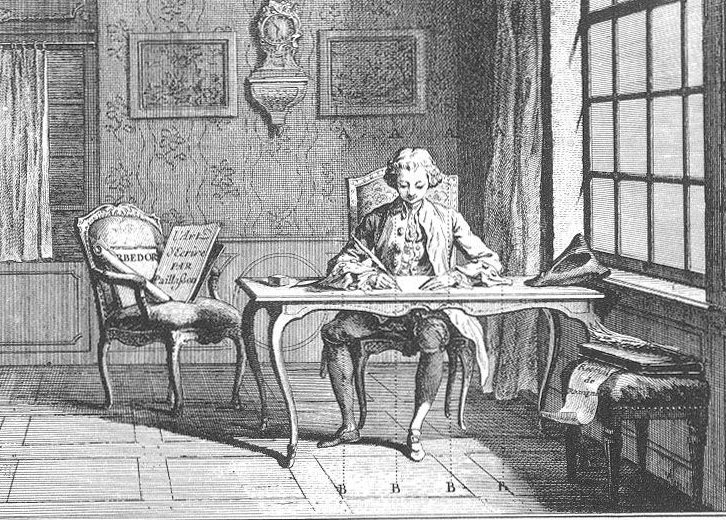
ANTIQUES: The market
Our concise analysis of the market©
Over a period of two years – between 1793 and 1795 – tens of thousands of objects from the Palaces of Versailles, Marly, Ramboillet, Saint-Cloud and Bellevue were auctioned off to the great delight of mainly British, German and French buyers. Moreover, prior to these auctions, thousands of pieces of furnitures – of varying origins – had already changed ownership. During the 19th Century and the first half of the 20th Century, the museums in the Western world had the opportunity – with France enjoying a pre-emptive right of purchase – to acquire the works of art of the most prestigious cabinet makers. Thus, wealthy and cultured international clients built up magnificent collections by acquiring major works of art. During the last third of the 20th Century, in addition to the traditional European market, a surge of demand came from the flourishing market of novice clients from the other side of the Atlantic.
Today, the antiques market for furniture and works of art has returned to its foundations. The age-old market focuses on acquiring beautiful, rare quality pieces, which generally have a heritage stamp and, above all, have “spirit”. It provides secure investments and meets the desires of amateurs and collectors. For novice buyers, the ethics, taste and quality of a collection presented by an antiques dealer are essential in guiding them with their first acquisitions and helping them to discover a “taste for beautiful objects”. This market is completely different to the mainstream antiques market, which concentrates on selling commonplace pieces that are available in large quantities and have no regional particularities and are of little interest.
In contemporary 21st Century decoration, the beauty of the pieces created during the age of the enlightenment provide an essential counterbalance to the harshness of today’s designs that are sometimes excessively functional and formal. It is said that, “boredom is born one day out of uniformity”! If the stylistic addition is of high quality, it can set the tone and be the “signature” of one’s own personal interior design.
The new means of communication make it possible for amateurs to inform themselves on their preferences and to develop their own knowledge. It is a genuine advantage for international buyers who have not been fortunate to grow up and live among these treasures from the summit of French decorative arts.
Now, at the beginning of the 21st Century, it is a tremendous challenge for antique dealers – aesthetes, on the one hand, but also responsible businesspeople – to discover beautiful, rare, quality pieces which satisfy the demands of collectors of 18th Century decorative arts. One thing is certain: the market will never be renewed.
The interest in our gallery, the accuracy of our information, the quality of our collection and the satisfaction of our clients have confirmed that we are making the right choices.
In summary:
– The owners of quality furniture only rarely sell the objects that have been bequeathed to them by their families – very often only if they find themselves obliged to do so for financial reasons.
France’s unique cultural heritage has always been coveted and has crossed national borders after customs controls (except for specific objects that are not permitted to leave the country).
– It is becoming increasingly rare – a development that cannot be stopped.
Gérard RIGOT
The taste of an antiques dealer®
Ce site est soumis au droit d’auteur français posé par l’article L. 111-1 du code de la propriété intellectuelle (CPI).
Ces textes font l’existence d’un dépôt et d’un enregistrement auprès de l’Institut National de la Propriété Intellectuelle (INPI).
